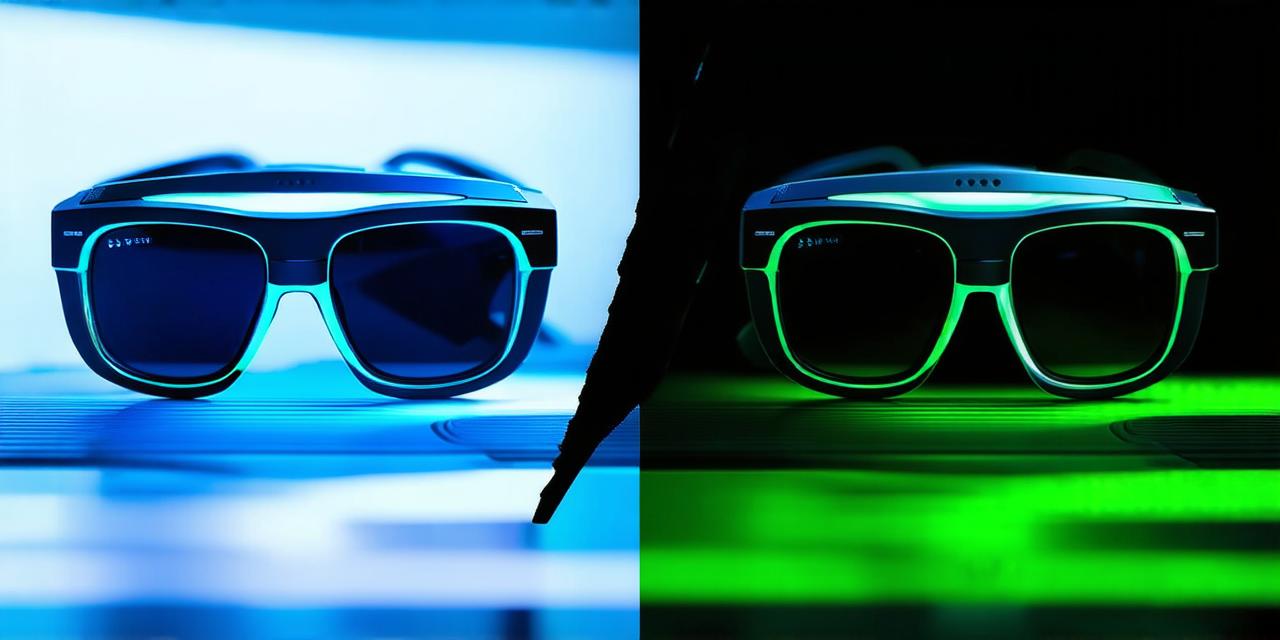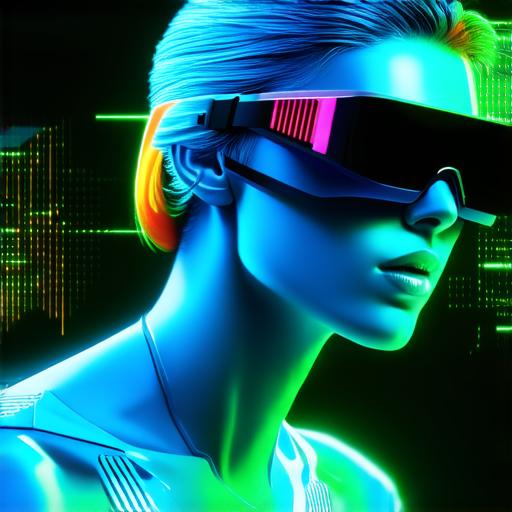
What sets augmented reality apart from virtual reality?
Augmented reality (AR) and virtual reality (VR) are two emerging technologies that have garnered a lot of attention in recent years. While both technologies involve immersing users in a digital environment, there are some key differences between the two that set them apart.
What is augmented reality?
Augmented reality is a technology that overlays digital information onto the real world. This can include anything from simple graphics and animations to more complex interactive elements such as games or educational applications. AR is typically experienced through a smartphone or tablet, using the device’s camera and sensors to track the user’s position in the physical world.
One of the key advantages of AR is its ability to blend the digital and physical worlds seamlessly. This allows users to interact with virtual objects in a way that feels natural and intuitive. For example, an AR app might allow a user to see how a piece of furniture would look in their home before buying it, or to visualize a repair manual as they work on a car engine.
What is virtual reality?
Virtual reality, on the other hand, involves fully immersing users in a digital environment. This can be achieved through a headset or other wearable device that tracks the user’s movement and provides a 360-degree view of a virtual world. VR is often used for gaming or entertainment purposes, as well as training and simulation applications.
One of the key advantages of VR is its ability to provide a completely immersive experience. This can be particularly useful in situations where it would be difficult or dangerous to replicate the real-world environment, such as in military training or medical procedures. However, VR can also be isolating, as users are fully cut off from the physical world and may feel disconnected from others.
Case studies and personal experiences
To better understand what sets AR apart from VR, let’s look at some case studies and personal experiences.
AR in retail
One example of AR being used in retail is the IKEA Place app. This app allows users to see how furniture would look in their home before buying it, using AR technology to place virtual versions of the items in the user’s space.
AR in education
Another example of AR being used in education is the Anatomee app. This app allows students to explore the human body using 3D models that are overlaid onto real-world objects such as a cadaver or mannequin. This can provide a more engaging and interactive learning experience than traditional textbooks or lectures.
VR in gaming

Virtual reality has been widely adopted in the gaming industry, with popular games such as Beat Saber and Half-Life: Alyx providing immersive experiences for players. VR gaming can be particularly appealing to those who enjoy a sense of presence and interaction with their environment.
VR in training
Virtual reality is also used for training purposes, such as in the military or healthcare industries. For example, the U.S. Army’s Virtual Training Environment (VTE) uses VR to simulate combat scenarios and provide soldiers with realistic training experiences. Similarly, medical students can use VR simulations to practice surgical procedures and gain hands-on experience without risking patient safety.
Personal experiences
I personally have had the opportunity to try both AR and VR technologies. While both were incredibly immersive and engaging, I found that AR felt more natural and intuitive than VR.


